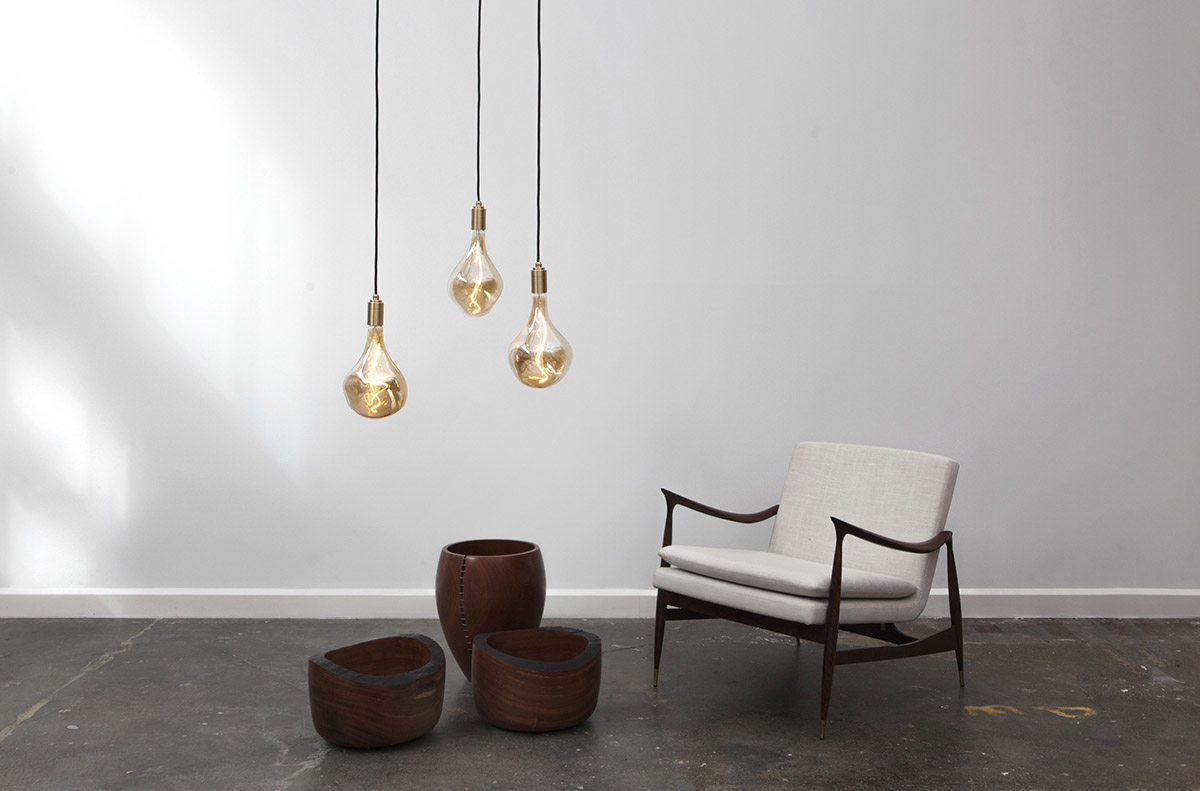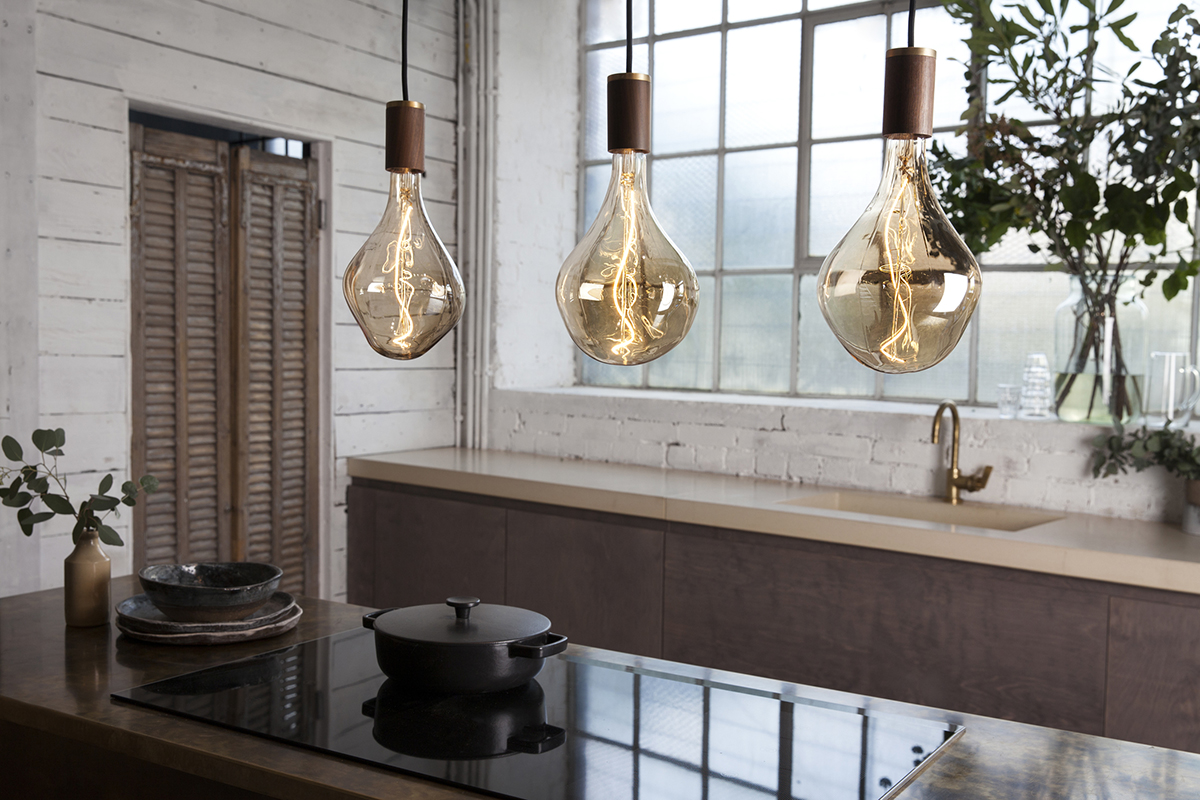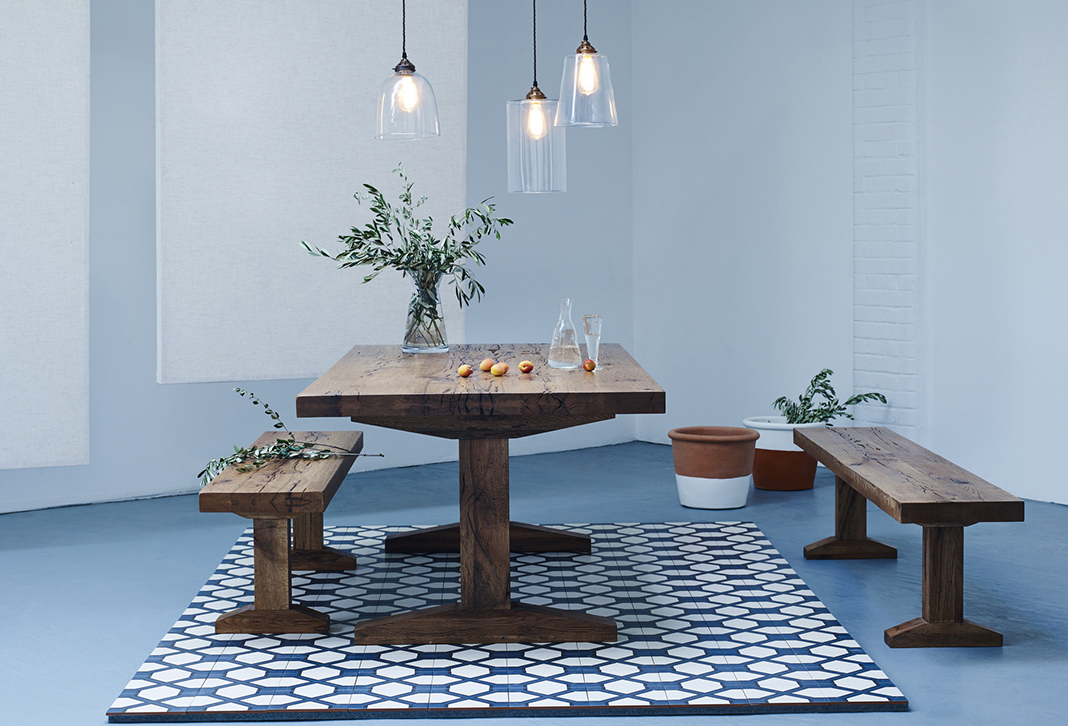
Wabi-sabi. It’s a concept, an aesthetic, and a way of life. As a phrase, it cannot be easily translated from Japanese into English. But, even if you haven’t heard of it, its presence in homes – from homemade ceramics and organic linens to rustic, earthy colours – is undeniable.
Wabi-sabi is the Japanese art of finding beauty in imperfection. It promotes authenticity, organic forms and handmade items. Much like Japandi, where the oriental influence of traditional Japanese design meets Scandinavian design, wabi-sabi is an emerging trend in the design world.
Read on to learn all you need to know about wabi-sabi, including where the term originated, why it’s gaining so much traction in the western world and how to incorporate it into your interior.
–
The history of wabi-sabi
Wabi-sabi originally began in ancient China, with its history rooted in Buddhism, and developed into a distinctly Japanese ideal. It later arose in the country’s famous tea ceremonies, which appreciated utensils that were handmade, irregular and flawed.
Although there’s no direct western translation for wabi-sabi, simply put, it’s an intuitive way of living that encourages you to find beauty in the imperfect, impermanent and incomplete. The concept also accepts the natural cycle of growth and decay of nature.
Wabi-sabi’s increased popularity
Faster, smarter, newer, better – it can feel like these are the only things that matter in today’s society. Our way of life can be exhausting, often promoting overstimulation and overscheduling. We seek instant gratification, make impulsive purchases and aspire to nothing less than perfection. Wabi-sabi is the perfect antedote to today’s hectic pace and obsession with perfectionism.

The Voronoi Collection by tala is derived from the Voronoi patterns seen amongst the forest canopy. Derived from nature, it encapsulates the ethos of wabi-sabi
It’s unsurprising that wabi-sabi and the idea of hygge are trending and being adapted to modern-day living. Our personal space now not only has to act as a place of shelter but also of sanctuary, where one can hide away from the external stresses of everyday life. Wabi-sabi lifestyle calls for living modestly, accepting that we are imperfect and learning to be satisfied with what we have.
How to bring wabi-sabi into your home
Wabi-sabi interior design applies these same principles to your home. Instead of seeking a sleek and perfectly coordinated home, create something more relaxed and peaceful. Wabi-sabi interiors appreciate nature, so pay attention to the materials you bring into your home and choose natural elements such as wood, leather, stone and clay where possible. Not only are they aesthetically pleasing, but they mature well too.
Select hand-crafted, intentionally imperfect home accessories
When considering wabi-sabi home accessories, it’s important to seek handmade pieces that project authenticity. Explore our warped bowls and copper vases for ideas.
These bowls by Tom Dixon are beaten, bashed and hammered into shape by hand from fine sheets of brass. Effortlessly decorate your bed, sofa or corner piece with our soft throws and blankets for a truly inspired wabi-sabi look. Hanging art in stormy grey colour is a great way to ensure a wabi-sabi interior design. Perhaps consider a gallery wall with a mix of artistic styles and frames.
Myer Halliday’s dining collection has a real feeling of craftsmanship. His collection includes everything from hand-painted espresso sets and jars to fruit bowls and Estuarine plates. Each piece is unique. Myer even hand signs the underside of every design providing a personal touch that connects customer and creator.
To adopt true wabi-sabi style in your home, shift your perspective from one of prizing perfection to one of appreciating organic shapes. Our range of white glaze dinnerware from Mervyn Gers embraces wonky imperfection, making it easy to incorporate wabi-sabi into your dining room.
Choose nature-inspired lighting
For wabi-sabi lighting inspiration, look to pendant lights from designer Tom Raffield, who uses the traditional craft of steam-bending wood to create expressive and practical pieces of art for your home. With understated elegance, every piece is beautiful in form and unique in its use of sustainably sourced woods and traditional processes.

Tom Raffield individually handmakes his designs at his woodland workshop in Cornwall
Add simple furniture to your dining room
To incorporate truly rustic wabi-sabi design in your dining room, look to our Tuscan tables and benches. The original knots and grain of the wood are left in tact, ensuring each and every piece is natural, beautiful and unique. The Tuscan table pairs well with the our leather buffalo chairs which are upholstered in a hand-finished hide that, again, have slight inconsistencies and imperfections that are unique to each chair.
Embrace change with your outdoor accessories
Our flame garden firebowl truly exemplifies Sabi, meaning the beauty or serenity that comes with age, when the life of the object is evidenced in its wear. Bring wabi-sabi principle to your garden or patio with our fire bowl and enjoy the pleasure of witnessing it naturally change from silver to beautiful copper tones.
There’s something simple and calming about designing with wabi-sabi in mind. The idea of being surrounded by natural, changing, unique objects helps us to connect to our real world and appreciate simplicity. Over time, objects in our home lose their brand new appeal. Materials age, accidents happen, and things change. A wabi-sabi home embraces all of these aspects of daily life, allowing authenticity to be the star of every room.




